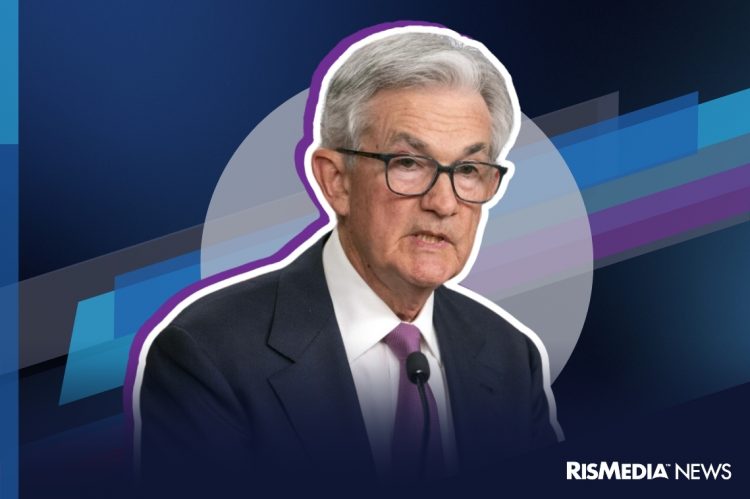“Will the Fed cut interest rates?” That’s a question on everyone’s mind whenever Federal Reserve Chair Jerome Powell speaks publicly—including his November 14 speech before the Dallas Regional Chamber and World Affairs Council of Dallas.
The event, which included both prepared remarks from Powell and a moderated Q&A session, offered insights into his current economic thinking. While nothing is confirmed, it’s looking likely that hopes for a third rate cut before the end of 2024 are not going to bear out.
Throughout the one-hour event, Powell was consistently sunny about the current state of the U.S. economy. Declaring it “back in a good place” after the peak of 10% inflation in 2022, Powell said that the Fed feels they are on a solid path to their goal of 2% inflation—but they’re not quite there yet, and they are “committed to finishing the job.” He added that the Fed’s recent rate cuts (by 50 basis points in September and 25 in November) were done because their goals of reining in inflation and boosting economic development via maximum employment and pricing stability were reaching “balance.”
The most recent government inflation report, as measured by the Bureau of Labor Statistics via its Consumer Price Index (CPI), found annual inflation rose (from 2.4% to 2.6%) in October for the first time in seven months. Powell largely suggested that this spike is unlikely to impede the Fed from eventually reaching 2%, saying they had foreseen a “bumpy road” to landing. When pressed by moderator Catherine Rampell, though, he noted that the inflation increase had been “slightly more of an upward bump than we expected.”
Powell struck an attitude of “wait and see,” noting the October jobs report (which came in “flat”) has to be viewed in the greater context of recent labor strikes and the ongoing recovery from Hurricane Helene. He added that there will be a clearer picture of inflation once the Bureau of Economic Analysis publishes its next personal consumption expenditure (PCE) index on November 27.
This reticent attitude looks likely to carry over into the Fed’s next meeting in December, when it will decide whether to cut interest rates once more. Powell said at the event that, “the economy is not sending any signals we need to be in a hurry to lower rates.” He explained that the Fed’s recent cuts were in response to positive signs from the labor market and economy—the Fed’s goal is threading a needle between responding to such signs without reversing progress on inflation reduction.
Following Powell’s signal that the Fed will hold back from adjusting the monetary scales further, Wall Street indexes declined, indicating investors suspect there will be no December rate cut and are thus pulling back.
During the Q&A session, Powell was asked about how policies floated by the incoming Trump administration—from proposed tariffs to mass deportation—would affect the Fed’s actions.
Housing was not a prominent topic of discussion during the event. However, early in his prepared remarks, while describing economic conditions, Powell’s mention of “a weak housing sector” stood out as the one negative statistic in a list of encouraging ones. He has previously said that progress on housing inflation has been lagging and is likely to endure for years more.
On questions about tariffs and immigration, Powell declined to weigh in one way or another as to how such actions would affect the Fed—he specifically steered the conversation away from an immigration question, saying it was going down a political path where he was not comfortable. Powell also stressed that the Federal Reserve is not a political actor and that it is unsound to make projections about monetary policy based on a single factor.
To watch Powell’s full speech, click here.

